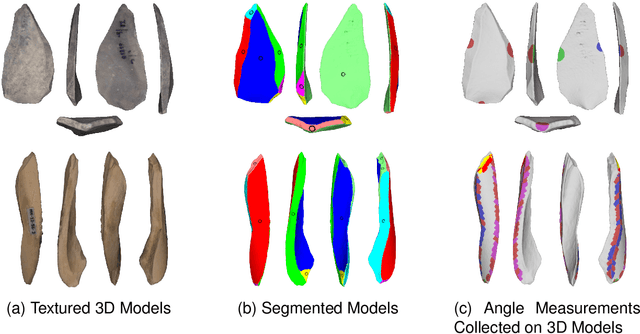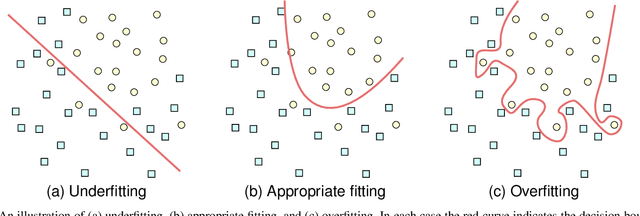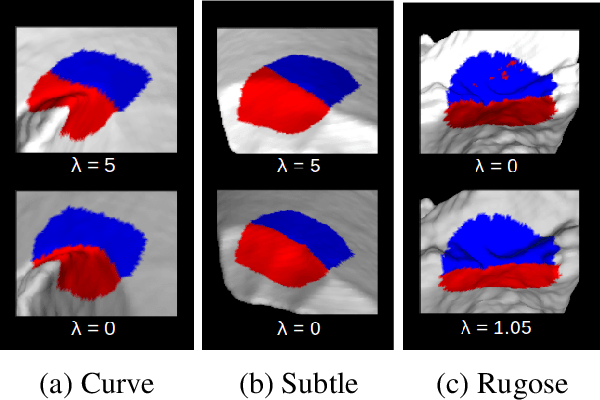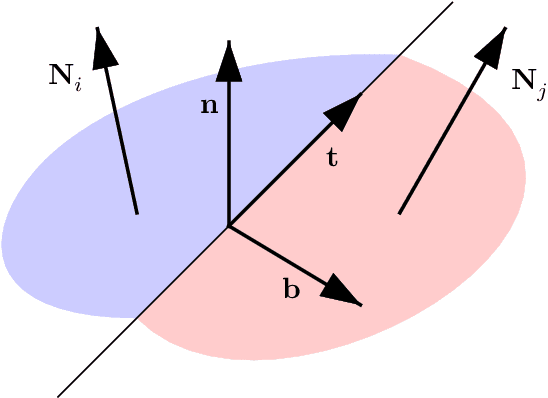Reed Coil
Use and Misuse of Machine Learning in Anthropology
Sep 06, 2022


Abstract:Machine learning (ML), being now widely accessible to the research community at large, has fostered a proliferation of new and striking applications of these emergent mathematical techniques across a wide range of disciplines. In this paper, we will focus on a particular case study: the field of paleoanthropology, which seeks to understand the evolution of the human species based on biological and cultural evidence. As we will show, the easy availability of ML algorithms and lack of expertise on their proper use among the anthropological research community has led to foundational misapplications that have appeared throughout the literature. The resulting unreliable results not only undermine efforts to legitimately incorporate ML into anthropological research, but produce potentially faulty understandings about our human evolutionary and behavioral past. The aim of this paper is to provide a brief introduction to some of the ways in which ML has been applied within paleoanthropology; we also include a survey of some basic ML algorithms for those who are not fully conversant with the field, which remains under active development. We discuss a series of missteps, errors, and violations of correct protocols of ML methods that appear disconcertingly often within the accumulating body of anthropological literature. These mistakes include use of outdated algorithms and practices; inappropriate train/test splits, sample composition, and textual explanations; as well as an absence of transparency due to the lack of data/code sharing, and the subsequent limitations imposed on independent replication. We assert that expanding samples, sharing data and code, re-evaluating approaches to peer review, and, most importantly, developing interdisciplinary teams that include experts in ML are all necessary for progress in future research incorporating ML within anthropology.
The Virtual Goniometer: A new method for measuring angles on 3D models of fragmentary bone and lithics
Nov 10, 2020



Abstract:The contact goniometer is a commonly used tool in lithic and zooarchaeological analysis, despite suffering from a number of shortcomings due to the physical interaction between the measuring implement, the object being measured, and the individual taking the measurements. However, lacking a simple and efficient alternative, researchers in a variety of fields continue to use the contact goniometer to this day. In this paper, we present a new goniometric method that we call the virtual goniometer, which takes angle measurements virtually on a 3D model of an object. The virtual goniometer allows for rapid data collection, and for the measurement of many angles that cannot be physically accessed by a manual goniometer. We compare the intra-observer variability of the manual and virtual goniometers, and find that the virtual goniometer is far more consistent and reliable. Furthermore, the virtual goniometer allows for precise replication of angle measurements, even among multiple users, which is important for reproducibility of goniometric-based research. The virtual goniometer is available as a plug-in in the open source mesh processing packages Meshlab and Blender, making it easily accessible to researchers exploring the potential for goniometry to improve archaeological methods and address anthropological questions.
 Add to Chrome
Add to Chrome Add to Firefox
Add to Firefox Add to Edge
Add to Edge